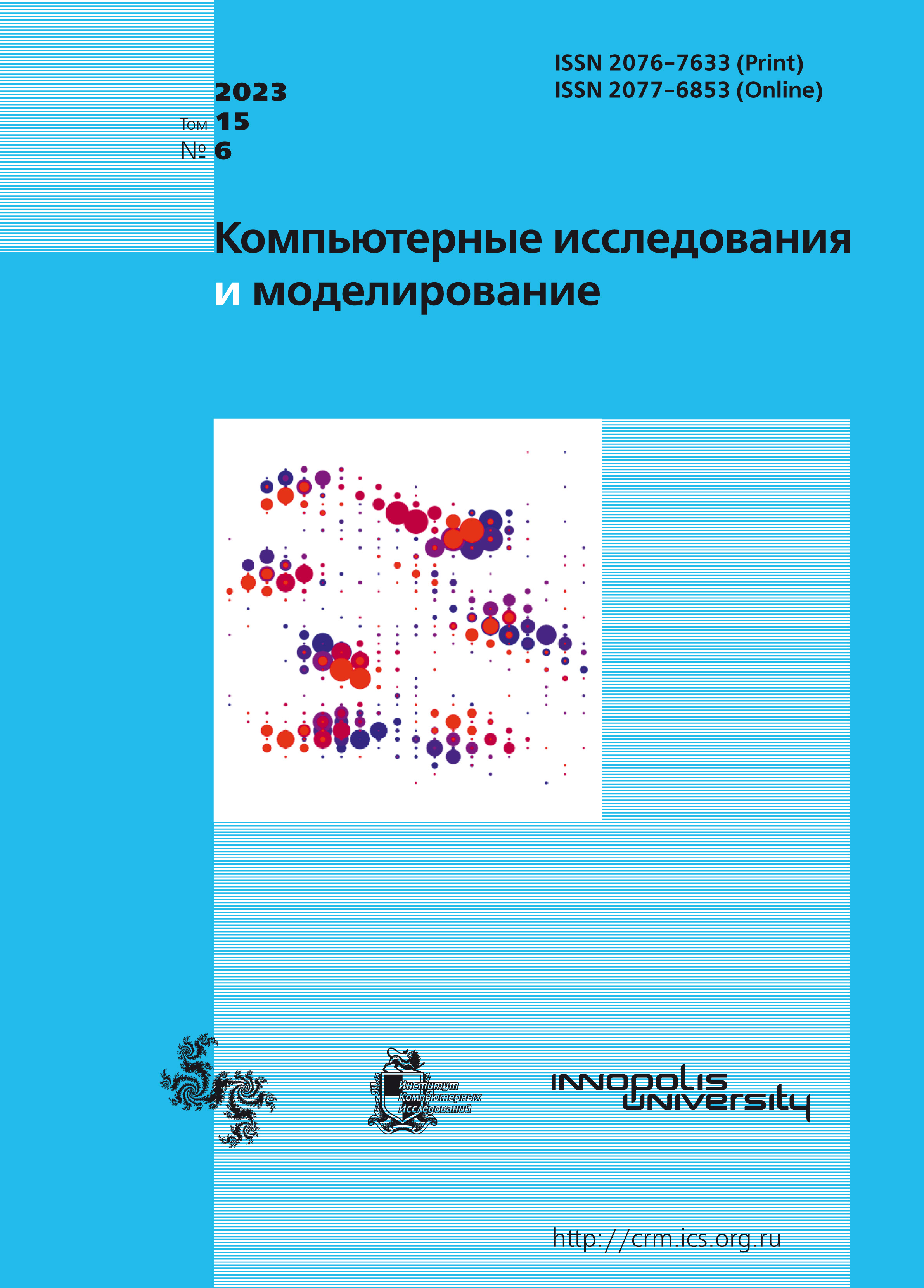All issues
- 2025 Vol. 17
- 2024 Vol. 16
- 2023 Vol. 15
- 2022 Vol. 14
- 2021 Vol. 13
- 2020 Vol. 12
- 2019 Vol. 11
- 2018 Vol. 10
- 2017 Vol. 9
- 2016 Vol. 8
- 2015 Vol. 7
- 2014 Vol. 6
- 2013 Vol. 5
- 2012 Vol. 4
- 2011 Vol. 3
- 2010 Vol. 2
- 2009 Vol. 1
Retail forecasting on high-frequency depersonalized data
 pdf (905K)
pdf (905K)
Technological development determines the emergence of highly detailed data in time and space, which expands the possibilities of analysis, allowing us to consider consumer decisions and the competitive behavior of enterprises in all their diversity, taking into account the context of the territory and the characteristics of time periods. Despite the promise of such studies, they are currently limited in the scientific literature. This is due to the range of problems, the solution of which is considered in this paper. The article draws attention to the complexity of the analysis of depersonalized high-frequency data and the possibility of modeling consumption changes in time and space based on them. The features of the new type of data are considered on the example of real depersonalized data received from the fiscal data operator “First OFD” (JSC “Energy Systems and Communications”). It is shown that along with the spectrum of problems inherent in high-frequency data, there are disadvantages associated with the process of generating data on the side of the sellers, which requires a wider use of data mining tools. A series of statistical tests were carried out on the data under consideration, including a Unit-Root Test, test for unobserved individual effects, test for serial correlation and for cross-sectional dependence in panels, etc. The presence of spatial autocorrelation of the data was tested using modified tests of Lagrange multipliers. The tests carried out showed the presence of a consistent correlation and spatial dependence of the data, which determine the expediency of applying the methods of panel and spatial analysis in relation to high-frequency data accumulated by fiscal operators. The constructed models made it possible to substantiate the spatial relationship of sales growth and its dependence on the day of the week. The limitation for increasing the predictive ability of the constructed models and their subsequent complication, due to the inclusion of explanatory factors, was the lack of open access statistics grouped in the required detail in time and space, which determines the relevance of the formation of high-frequency geographically structured data bases.
Copyright © 2023 Timiryanova V.M., Lakman I.A., Larkin M.M.
Indexed in Scopus
Full-text version of the journal is also available on the web site of the scientific electronic library eLIBRARY.RU
The journal is included in the Russian Science Citation Index
The journal is included in the RSCI
International Interdisciplinary Conference "Mathematics. Computing. Education"






